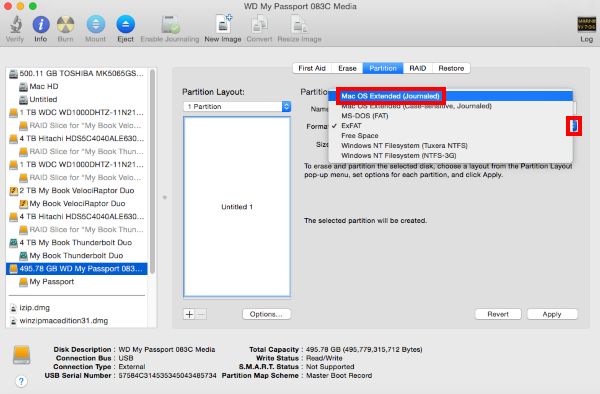
#My passport for mac windows 10 portable

If any component (for example, the port of your Lenovo laptop) is USB2, then the slower older rate will apply. If all the components (including all the cables and the host computer's port) are USB3, the data transfer rate with be the new fast rate. The communication rate depends on the complete system. In this configuration, the POWER for the drive is coming from the Hub which conforms to the USB3 specs, and not from a computer port. Finally, you connect the Hub to a USB2 or 3 port on the computer. Then connect the Laptop Drive to the USB3 Hub using the USB3 cable supplied with it.

That is what the unit's power brick needs to provide.You plug the Hub into the wall with its power brick. 5VDC at 1 amp amounts to 5 Watts PER PORT, or 20 Watts minimum for a 4-port USB3 Hub. Now, there can be confusion because often the power bricks of these items put out 12 VDC, and the Hub changes it down. That is, 5 VDC at up to 0.9 amps PER PORT. You buy a separate USB3 Hub, BUT it must come with its own power brick unit that can supply the power required. The other method I know of I have done and it works. But if you get one, it should work for you. Newer USB3 units do not need this IF you use them with USB3 ports and cables, so those two-headed older ones are no longer included. You had to plug BOTH of these into separate USB2 ports to provide the unit with enough power.

The portable hard drives sold previously for use with USB2 ports came with a special cable that had TWO USB2 connectors on one end.
#My passport for mac windows 10 how to
How to provide power? I know of two ways, one of them already suggested above. So, what about the "compatible with USB2" claim? Well, IF you can provide the power it needs, it WILL work with a USB2 port, although only at the slower data transfer rate for that older standard. I bet if you check the USB ports on your Lenovo laptop, they are USB2, and that the other computers where the drive works OK have USB3 ports. Usually what it really does is read AND WRITE with many errors, possibly corrupting your drive unit's data. In a few cases it even seems to work OK, but that can be a risky situation. The unit appears to be working and spins up, but then it generates so many errors and read failures that the OS cannot recognize it. What typically happens in that case is just about exactly what you describe. But no matter what cable you use, the do NOT get enough power from a USB2 port to operate properly. So, these USB3 units DO work just fine when plugged into a USB3 port using a USB3 cable. Almost all Laptop Hard Drives require more than 0.5 amps, but not more than 0.9. Now, the 5 VDC supply of power from a USB2 port is limited to 0.5 amps max, but USB3 increased that limit to 0.9 amps.

The WD My Passport unit is sold as a USB3 external drive, said also to be "compatible with USB2". I would bet the issue IS power, and it has nothing to do with plugging the LAPTOP into the wall, or odd USB ports.


 0 kommentar(er)
0 kommentar(er)
